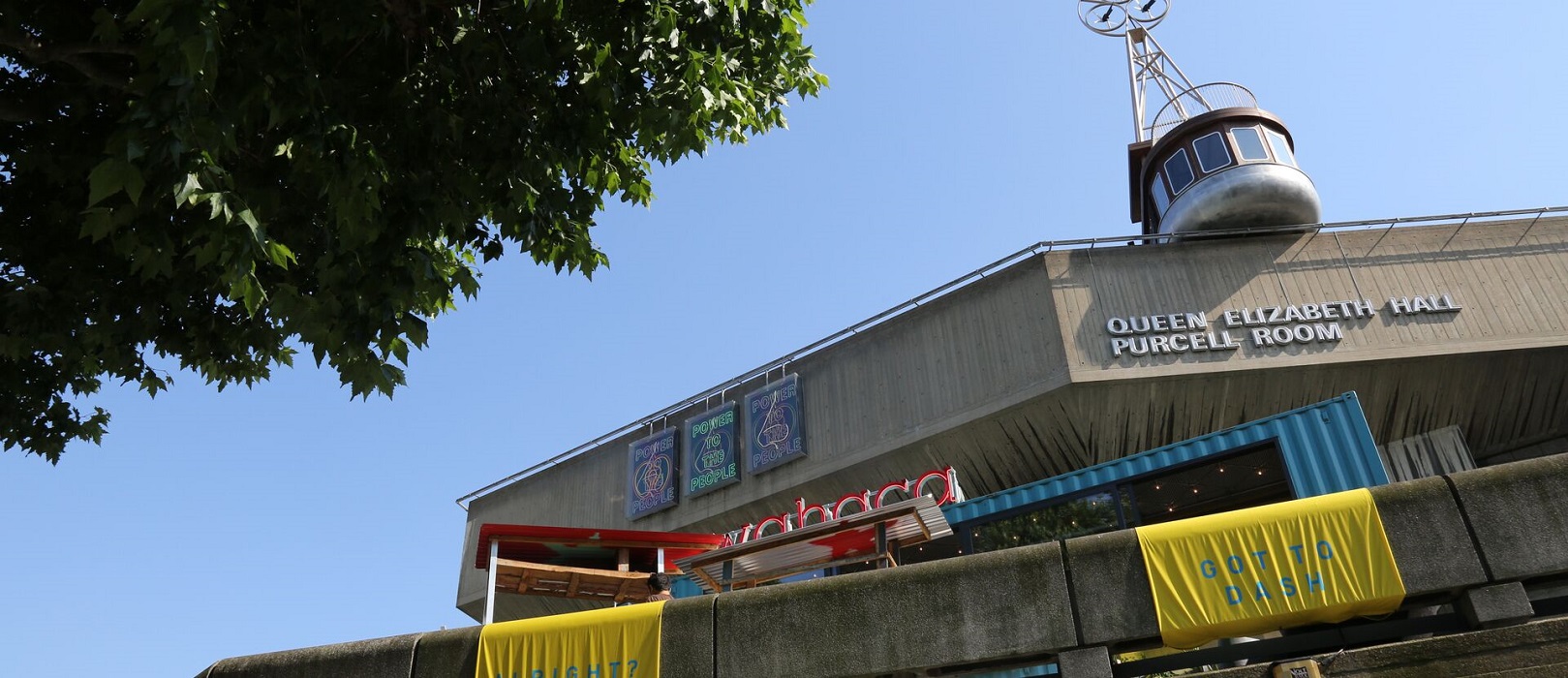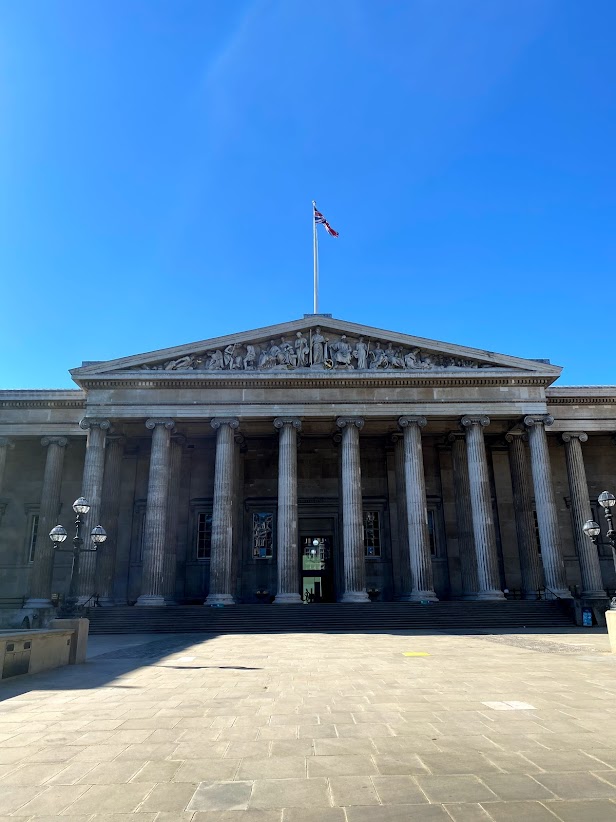Art is always a good means to take a break, escape the spiral of your thoughts and allow yourself to pause for a second. It has a soothing capacity. Art fuels creativity and fosters reflection. It enables us to daydream and think about something bigger. Bigger than our studies and careers, bigger than exams. For these reasons, art – in all its forms – can be a haven during revisions. That’s a piece of luck because London is full of artistic venues. There’s one especially close to campus. Somerset House, on the Strand, is only a 5-minute walk from the library. Ideal for a revision break!
You’ve probably seen this imposing building on your way to or back from campus; it’s hard to miss! Built at the end of the 18th century to accommodate the Royal Academy, the Royal Society and the Society of Antiquaries, this place now houses various exhibitions and events; some of them free, others charged.
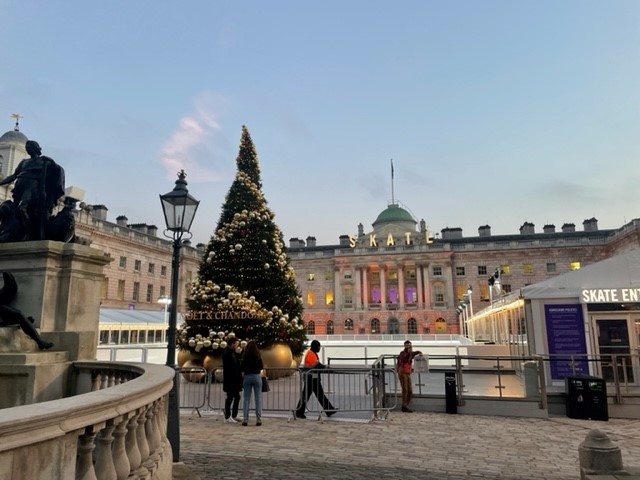
Besides temporary exhibitions, Somerset House also houses an outstanding permanent collection of paintings in its Courtauld Gallery, named after the wealthy industrialist who donated his impressionist paintings to the museum in the 1930s. Since 1932, the Gallery is home to the Courtauld Institute of Art, the University of London’s centre for the study of history of art, conservation and curating.
The gallery is divided into three parts corresponding to different epochs and artistic styles. Wandering into the successive rooms, you’ll get a comprehensive idea of the evolution of visual arts from the late Middle Ages to the mid-20th century.
The first floor gathers paintings from the late Middle Ages and Renaissance, all centred around the theme of religion. A separate room is dedicated to the early-16th-century Italian painter Girolamo Francesco Maria Mazzola, better known as Parmigianino. A selection of his drawings provides a fascinating journey into the artist’s creative process and helps better understand the Mannerist current, that Parmigianino contributed to found, with pioneering techniques such as chiaroscuro, sprezzatura, or figura serpentinata.
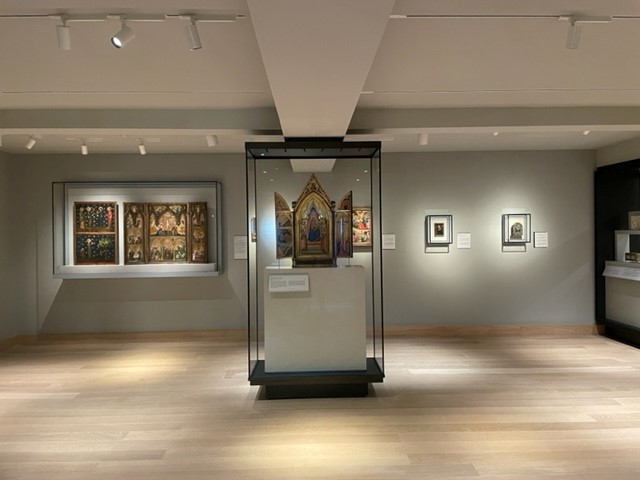
The second floor brings us from the Renaissance to the 18th century. The first part highlights the transition from biblical scenes to more mundane subjects, with both classical and baroque artworks. Then, the collection, which features nearly 30 baroque paintings by Rubens, allows the public to delve into the Flemish artist’s work. The last rooms feed our imagination with Austenian representations of what the founders and first visitors of Somerset House might have looked like, in the 18th century.
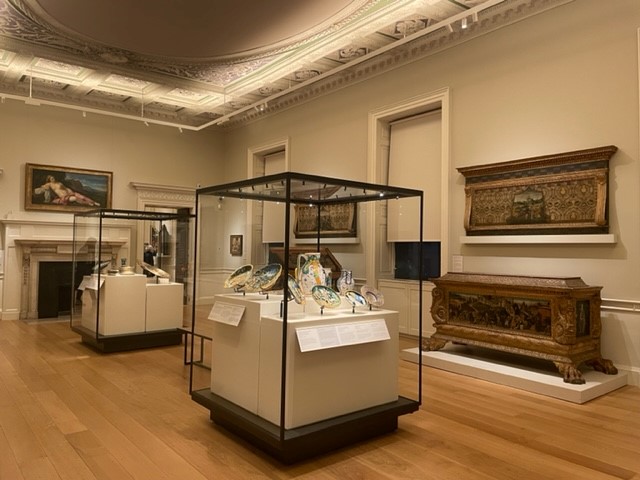
Last but not least, the third floor is the most representative of Courtauld’s personal collection. It is also the largest part of the exhibition. This floor is dedicated to the 19th and 20th centuries, with an impressive collection of impressionist and post-impressionist paintings. The rooms are filled with masterpieces by the French figurehead of the movement: Manet, Cézanne, Renoir, Degas, Monet, Seurat, Van Gogh. From the Parisian cafés of the belle époque to the sunny French countryside, the artworks will make you travel through time and space. The journey ends in the 1950s, with an incursion into expressionism with a striking piece by Austrian artist Oskar Kokoschka.
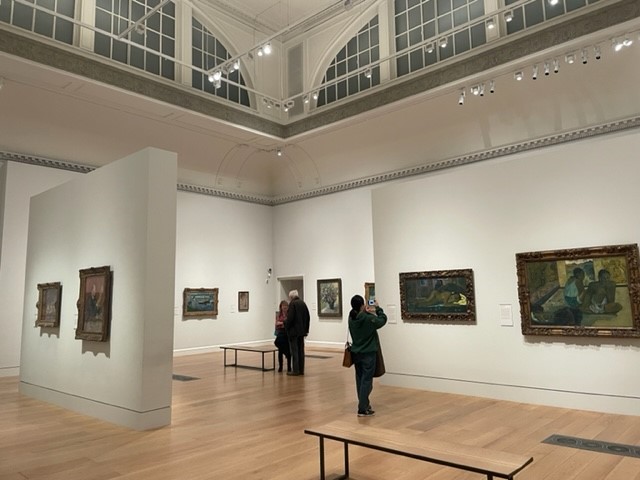
Where?
Somerset House, The Strand, London WC2R 1LA England.
When?
From 10 am to 6 pm every day.
How much?
The ticket is free for students!
How long?
The full visit lasts approximately two hours. However, all the artworks can be seen (without lingering to read descriptions) in one hour. Plus, as the ticket is free, you can come back another day (maybe after exams?) to see the rest or to take more time contemplating the paintings.


